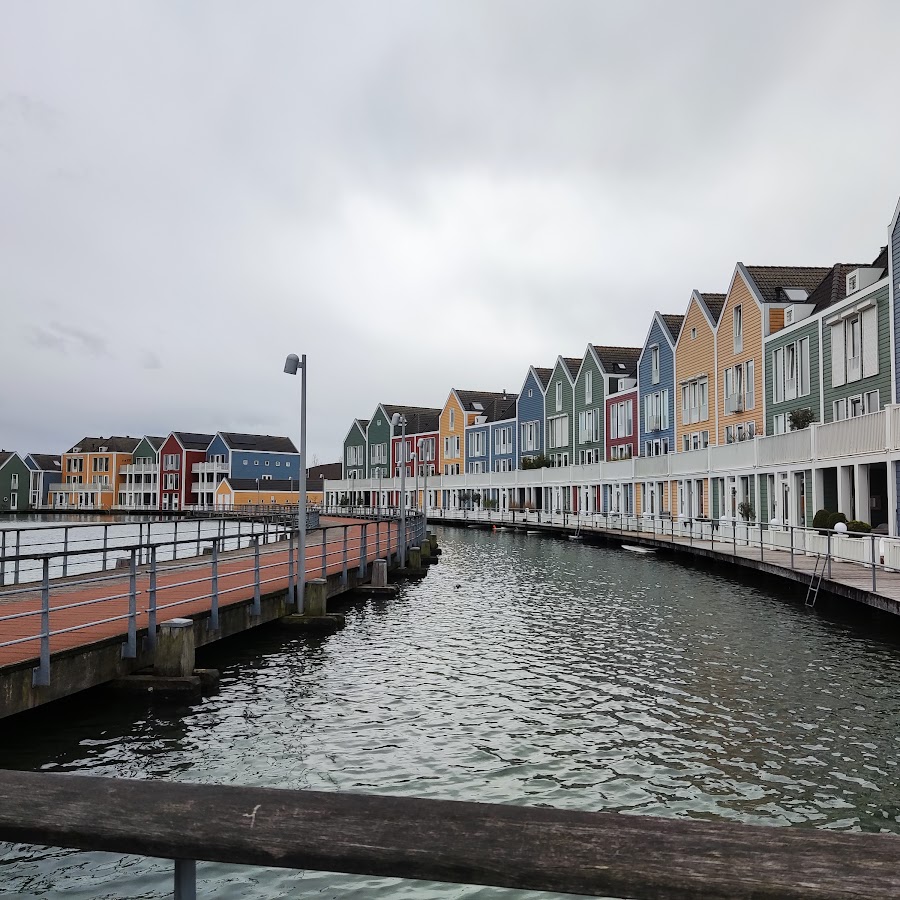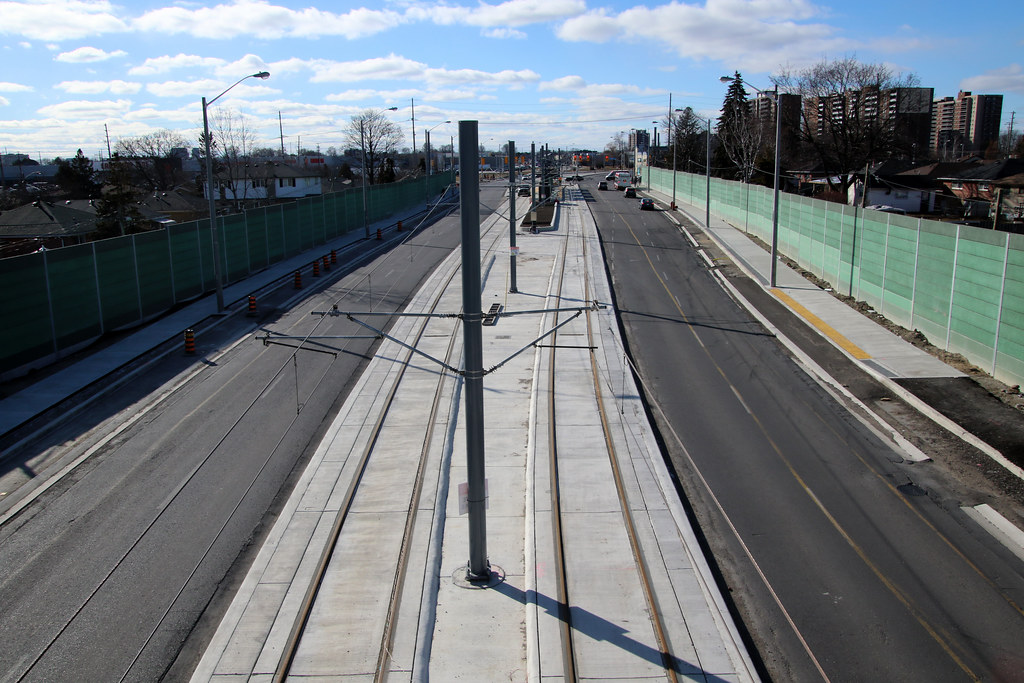T3G
Senior Member
How unfortunate.
|
|
|






Who is going to give step in here? Car2go didn't find the city profitable and I don't see communuato stepping upOverall, I don't think this to be the case; I find much to like about 'The Beach' or 'High Park/Roncy' or 'Leslieville' or Parkdale.
Many properties have decently deep lots and either large front or good sized backyards; many have laneway garages, but people either prefer parking out front, or that's where the 'second car' goes.
I accept that the on-street parking is both excessive, and problematic, if you actually need a space as a visitor to the area (or resident). I don't think this requires less density. It requires vastly more carsharing, which can be achieved simply by increasing the number of 'floating' permits; as well as reducing the cost for an on-street, reserved carshare space to the same as any other permit holder (instead of more than 15x the price).
It also requires that parking permits be more expensive. The entry level permit is $21.32 per month; even though, tenants in multi-res buildings routinely pay $70 or more for a space.
While the max permit (for residents with enough spaces for 2 or more vehicles on their property is still only $86.29 a month, when a market priced, reserved space would cost no less than $100, and possibly double that.
If we set the entry level permit at $70, and the permit where you have space on your property to park at $105 per month, there would be far less street parking demand. On major streets, this could be taken up as a boulevard separating a cycling track from a road. On side streets, it could allow for reserved spaces for movers and deliveries, and some additional streetscaping that could bookend those spaces; all the while providing more parking for those who need (and are willing to pay) for it.
We can also create more walkable grocery shopping simply by capping store sizes at 30,000ft2. In the east end of the old City (Danforth to the Lake, The Don to VP) this would force Loblaws and Metro to essentially divide 3 large stores into 2 smaller ones, which would bring grocery much closer to home.
Some modest transit improvements would do wonders to; The Ontario Line will accomplish much, but right now, frequent N-S bus services don't exist from Pape/Carlaw to Coxwell. That's a large gap; the moment the Greenwood and Jones based buses go to 10M service or better from 6am-10:30pm; M-Sat; and 8am-10:30 Sundays, you'd see lower interest in 2-car houses in particular.
*****
The 'streetcar suburb' for the purpose of talking about better suburban typology isn't some huge idea, its just narrower lots, rear laneway garages, and planning for mostly 1-car households, closer shopping, more mature trees, and better transit.
Thanks for the photos as always! Never understood why humber college was underground but not coveredFeb 14
The first batch of photos are now up on my site with a second one to come.
It covers the line from Humber College to Albon Station as well as the second set of crossovers.
The crossover is a double set with no block signals. Crosstown has block signals where Mississauga doesn't have so far, and I don't see it happening. Mississauga only has a single crossover where Crosstown has a third track and can't recall is it is a single or double for the other one on the surface at this time.






Who is going to move 300km away? like there are limits folksI'm not sure the backyard is a problem, it's the 5 cars in the driveway.
There are places that manage to have mostly low-rise housing, pretty high density, transit-oriented development where active transport is a huge part of the way people get around the community.
View attachment 541596

By the way, your suggestion about WFH wouldn't help. Those who still need to drive to work would leverage the reduced highway congestion to live even further out of the city (more house for your $). You're back to the same level of congestion with people driving longer distances.
You will be surprised how many are beyond the 300m range due to where apartment buildings are built along with how the roads are layout as well. A lot of them have no choice.Who is going to move 300km away? like there are limits folks
No my comment was to point out how silly the induced demand thinking was, we're going against things that would actually help (ex mandating wfh) for the fear that people will move to Timmins or somewhere unrealistic if that policy was put in placeYou will be surprised how many are beyond the 300m range due to where apartment buildings are built along with how the roads are layout as well. A lot of them have no choice.
Draw a line on both sides of any route from 300-500m and look at the road layout as well as what is there now. Try looking out 20-50 years down the road to see what kind of density may happen for various routes. If I use Yonge St as an example for drawing lines 500m on both sides of it going back 25 years and overlay it on today map, you will several of buildings that are now close to 500 me from the line. Take that same map and overlay it on a 20-50 year forecast of the line and you will see a substantial number are on the books now and could be on the books during that time to the point the line can't handle those new developments and why I call for a second Yonge Line for part of the route north of Eglington/St Clair and then goes down Bay St for the south section.







You really think people don't move to Barrie, Oshawa, KW, Brantford, St Catharines etc.?No my comment was to point out how silly the induced demand thinking was, we're going against things that would actually help (ex mandating wfh) for the fear that people will move to Timmins or somewhere unrealistic if that policy was put in place

Please share them.The issues Finch was experiencing with capacity could have been addressed in other, less costly ways.
Have fun riding the rear section as you will do it once and never again from my experiences riding them. They give you a rougher ride compared to the 18m ones.
On Finch, that ship has sailed my friend.




